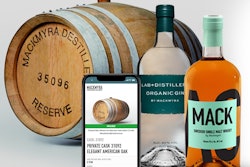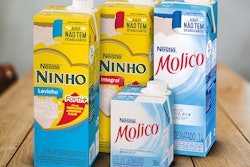
Within the global pharmaceutical packaging market, bottles are expected to remain the largest product type driven by increased application in both solid and liquid oral medications as bottles provide convenience, safety and security.
According to a new market report published by Lucintel, the future of the global pharmaceutical packaging market looks strong, driven by growth of the pharmaceutical industry along with improving healthcare services in developing economies.
In this market, plastic, glass, paper and paperboard, aluminum foil, and others are used for pharmaceutical packaging manufacturing for material. Lucintel forecasts that plastic packaging is expected to witness significant growth over the forecast period because of its lightweight and easy-to-handle characteristics. Plastics also have a superior aesthetic value and an excellent barrier against moisture and air.
The report estimates the global pharmaceutical packaging market to reach an estimated $86.4 billion by 2023 and is forecast to grow at a CAGR of 5.5% between 2018 and 2023.
North America is expected to remain the largest region because of its large pharmaceutical manufacturing base, and the ability to introduce technological advancements to pharmaceutical packaging.
Emerging trends, which have a direct impact on the dynamics of the pharmaceutical packaging industry, include rising demand for eco-friendly packaging, increasing use of nano-enabled packaging, and increasing adoption of blow/fill/seal technology.





















